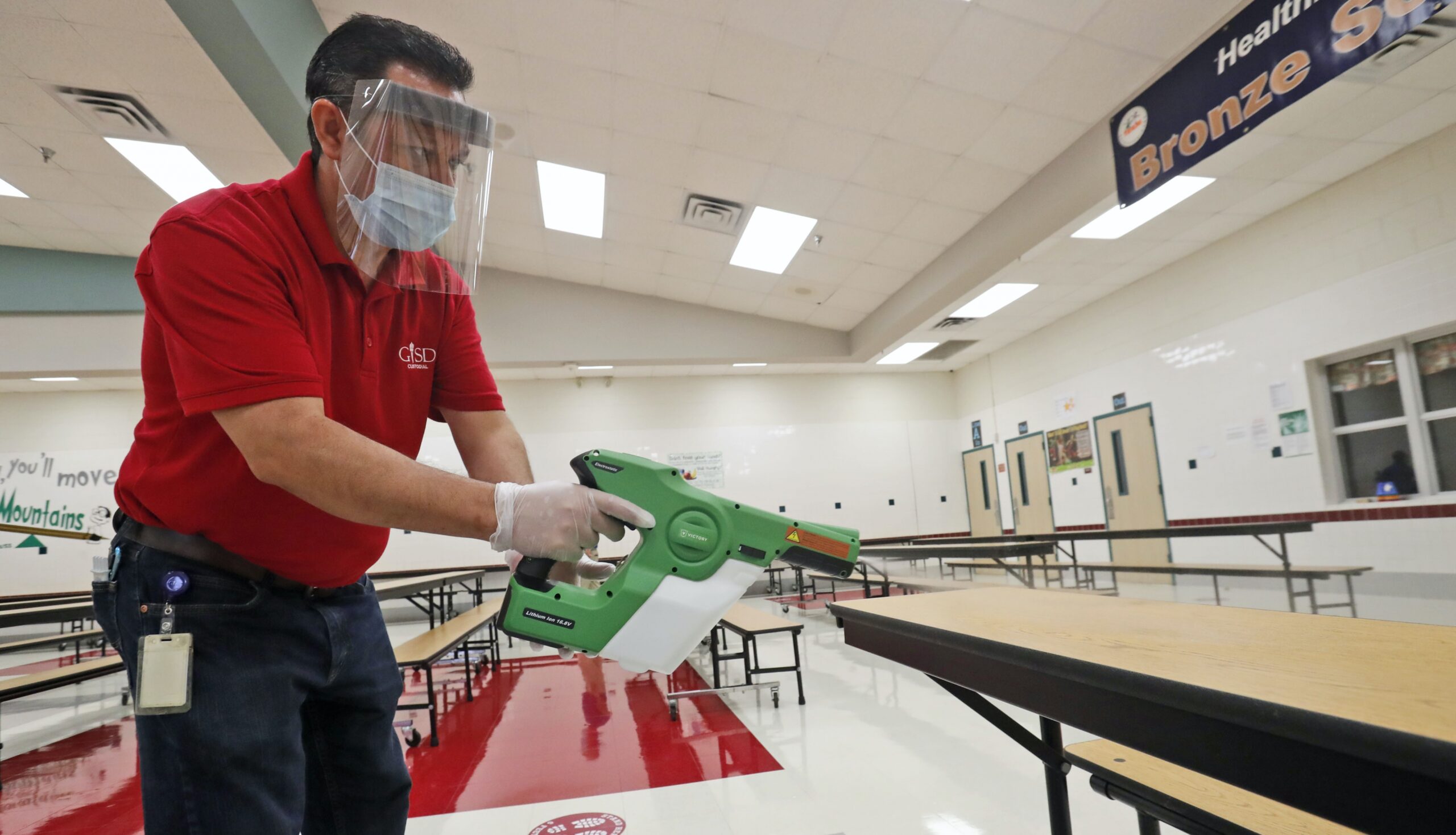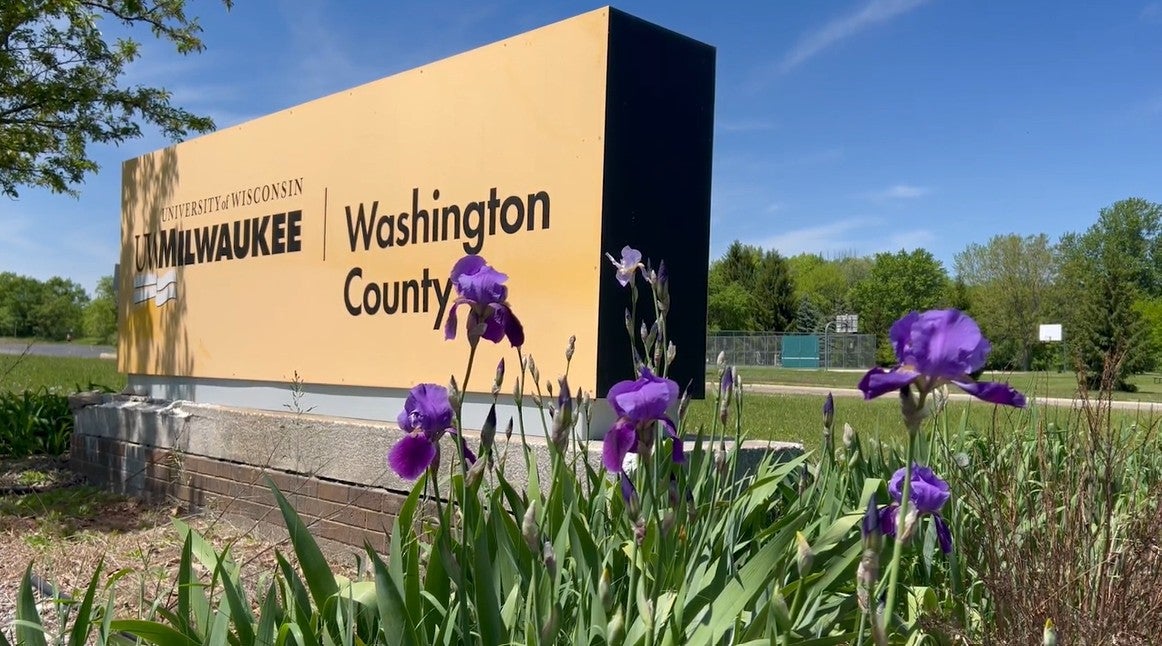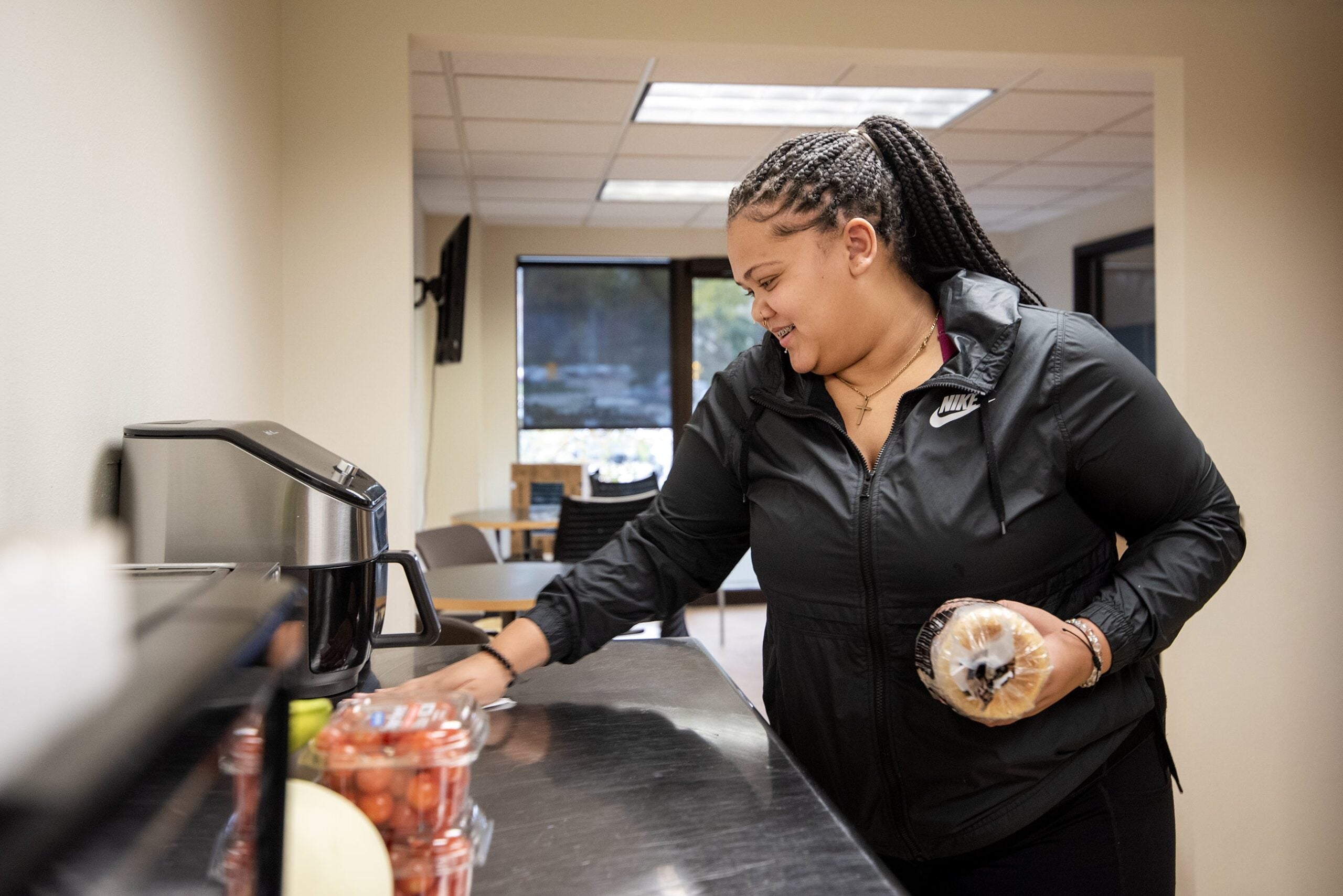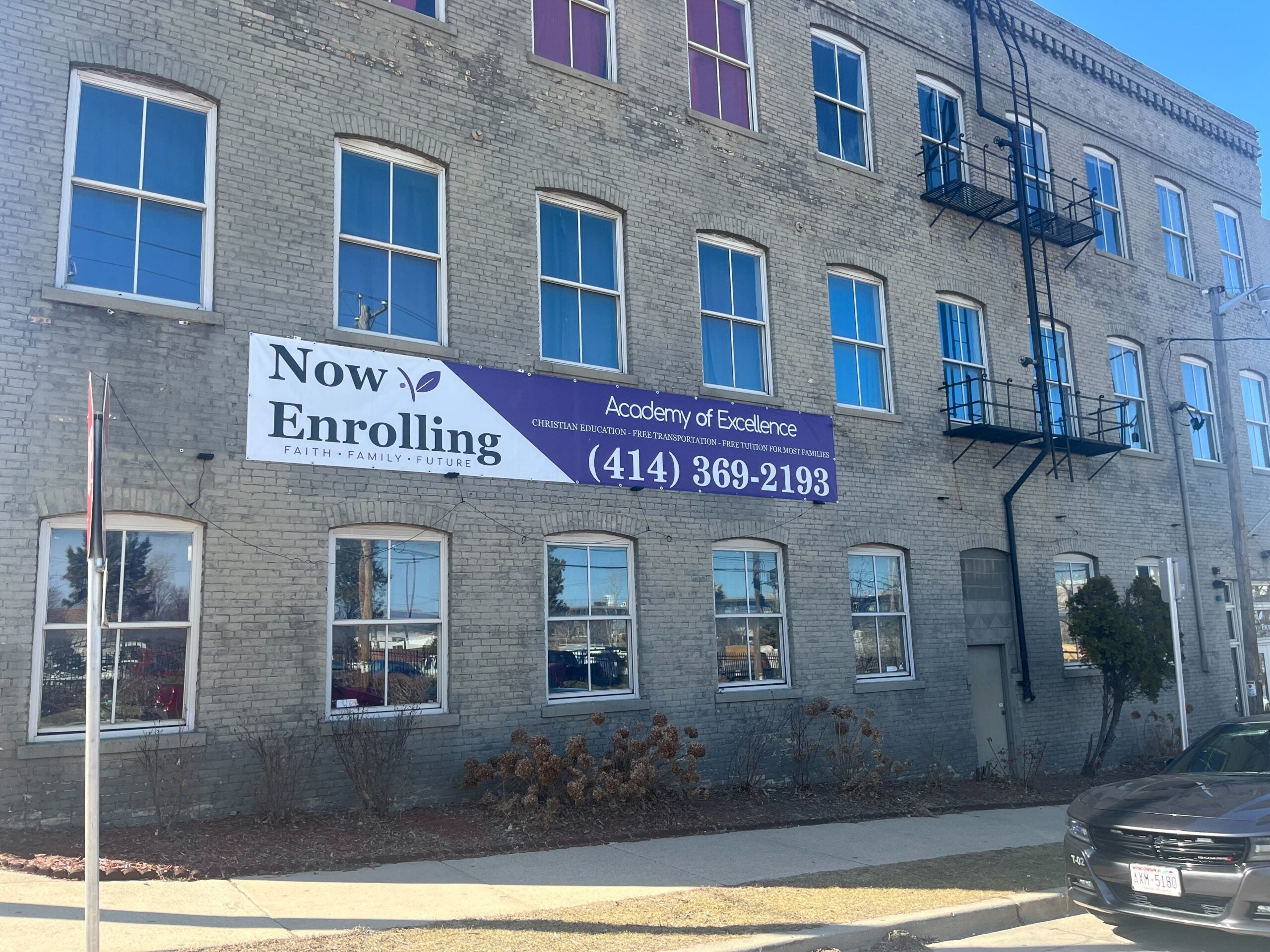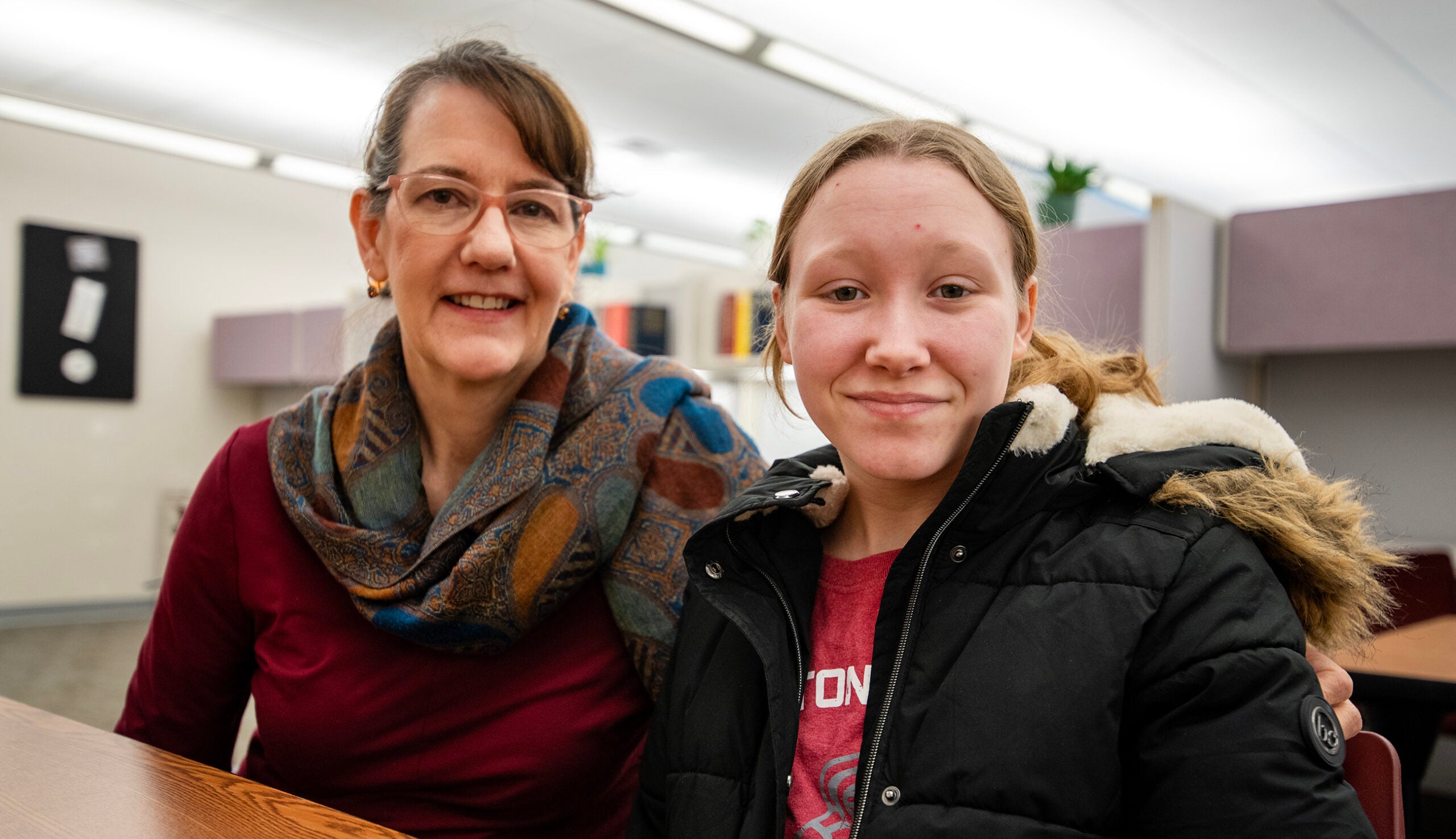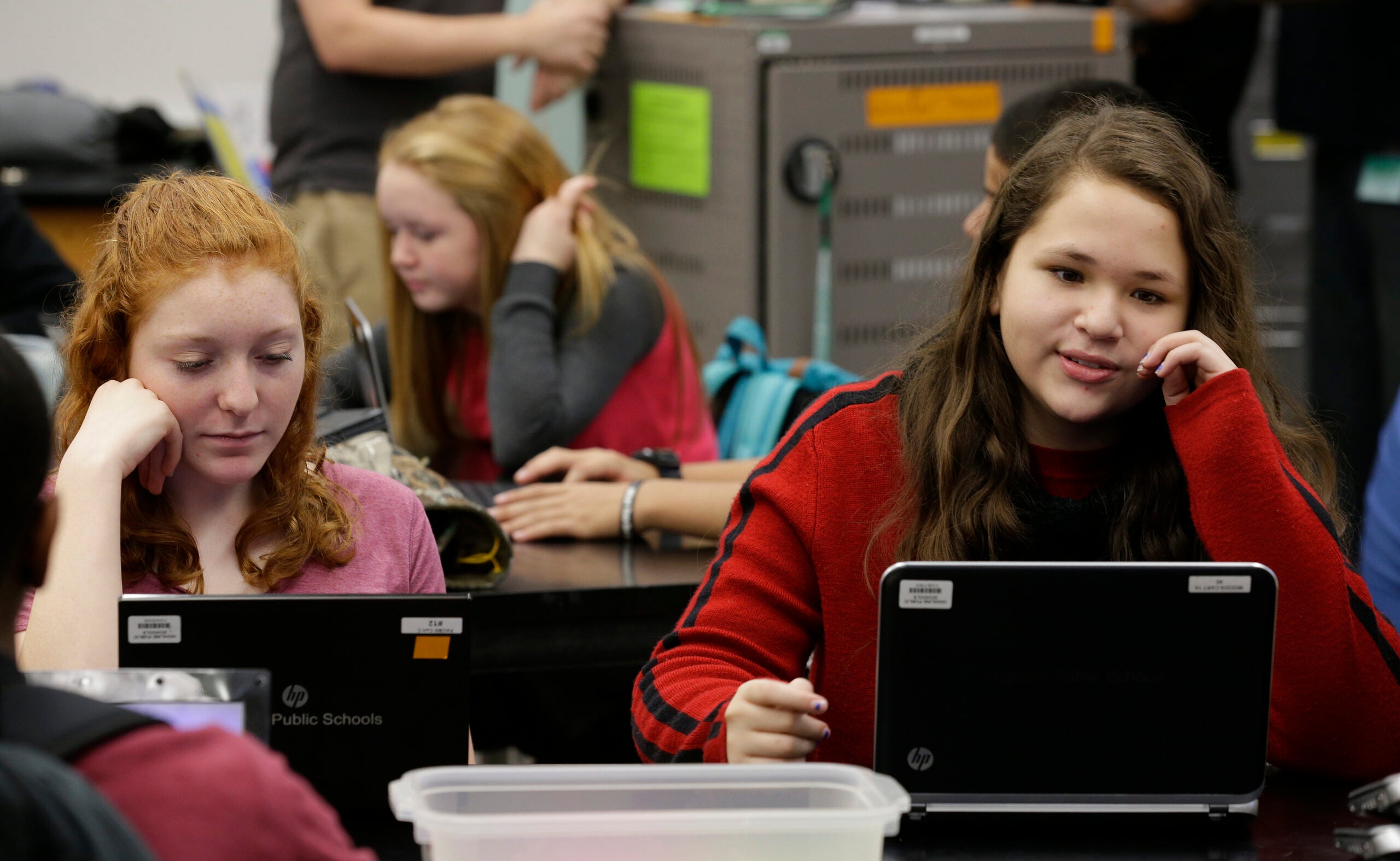After winning their challenge to a county order that required Dane County students in grades three through 12 to learn virtually, several Madison-area private schools are making plans to open up in-person learning for all their students.
“We really believe that in-person instruction is the better mode, compared to virtual,” said Chuck Moore, principal of High Point Christian School, which has campuses in Madison and Mt. Horeb. “We’re a religious school, and we have a dual mission — we want to help the students grow academically, but we also want them to grow spiritually, and both of those modes seem to be less well done, from the perspective of parents, and also from national testing, that is showing that children are struggling to get the same value from education when it’s virtual.”
Students in pre-K through second grade at High Point have already been learning face-to-face for the past two weeks, he said, but now they’ll be able to phase in the rest — High Point serves students through eighth grade. He said they’re planning to stick with the current in-person populations through next Wednesday, then switch everyone virtual for the following two days while they reconfigure classrooms and other spaces to get them ready for the remaining students. Third- and fourth-graders will start in-person Sept. 21, with the remaining grades coming in a few days later.
Stay informed on the latest news
Sign up for WPR’s email newsletter.
“We wouldn’t have agreed to do this if we didn’t think that we could follow the guidelines that Public Health Madison and Dane County suggested and made as part of their requirements to open,” he said. “We think we’re able to do this fairly safely.”
But the decision for schools to reopen was decried as a public health setback by Dane County Executive Joe Parisi. “Tonight’s decision by the Wisconsin Supreme Court will put kids and teachers back in group settings just as this pandemic hits a new peak in this community,” he said in a written statement.
At Peace Lutheran School, all students will be able to return to classrooms starting Monday, said Principal Kyle Raymond. He said of the school’s 85 families, he’s heard of one that will definitely need to be accommodated for virtual learning, and another two or three that are still deciding.
He said those returning to the building have been ready to go for weeks with plans to keep kids masked, have them eat in their classrooms to prevent mingling with other cohorts in a lunchroom, assigning each class-based cohort a different outdoor area for their recess time, spacing desks six feet apart and placing dots throughout the hallways at a six-foot distance for when kids need to line up.
“I think it’s important to remember we were days away from starting in-person (when the order was announced),” Raymond said. “It was so late in the game.”
He said he and others were especially perplexed that a hybrid option, which includes some days of in-person instruction and some days virtual, was taken off the table for students in third grade and above with the order to keep older kids all-virtual.
Wisconsin’s private schools face a slightly different calculus than many of its public school districts, especially in larger urban districts like the Madison Metropolitan School District. Because parents or caregivers are paying directly for their students’ education, private school administrators often have a more regular line of communication that makes it easier to gauge the adults’ feelings on virtual versus in-person instruction, and make decisions accordingly. They often have smaller class sizes and more flexible building spaces than their public school counterparts.
They can also have different incentives. Moore said parents are paying for a high-quality education when they opt for High Point, and because of those financial stakes, they may choose to move their children to another school that falls outside the county’s rule, or one that specializes in virtual education, if they’re not satisfied with their choices at High Point.
“A lot of our parents were not excited about paying for an all-virtual education,” he said. “They could get that from the public school, and so it was probably more important for the private schools to have that (in-person) option.”
High Point sent out a survey the evening of the court ruling asking parents whether their preference of in-person versus virtual had changed since a previous survey in August. Based on the nearly two-thirds of parents who had responded so far, most were sticking to their summer preference — about 80 percent opting for in-person, while the remaining 20 percent picked a virtual option High Point is also offering. Moore said High Point got a number of new families in August, and he was worried when the county rule was announced that would drive many away, though he said that hadn’t yet materialized.
At St. Ambrose Academy in Madison, of the 66 families with kids enrolled, Director of Learning and Enrollment Services Angela Hineline said 64 had told the school they wanted an in-person option, while two said they needed virtual schooling.
“We just really believe that the right to determine what is the safest, most secure, most stable situation for a child really needs to be in the hands of a parent, because they have a full picture of each child’s life circumstance,” she said. “It was really upsetting for us, given what we know especially about our families in risk situations. It was really distressing for us to see that they would be blocked from something that they needed.”
Hineline said she’d heard from one working single mom who was trying to piece together the logistics of her 12-year-old doing schoolwork at the library, and about other families in unstable housing situations with working parents who needed to be able to send their kids to school in person. More than half of St. Ambrose’s students get some kind of financial aid.
Hineline and others brought up what they saw as a double standard in which child care centers, including students going to centers run out of the school buildings and catering to school-aged kids, could operate in-person, but schools themselves couldn’t.
“To suddenly separate the two and say it’s OK for childcare centers to continue to care for children following the exact same guidelines, but the schools, where parents have also received childcare during the same day, now we can no longer be that source of care for children,” she said. “There’s no justice in that.”
Kyle Raymond said parents sticking with Peace Lutheran after the school released its plan for in-person learning showed that they felt confident in the school’s ability to manage safe in-person learning.
“Parents have options, as a private school,” he said. “If the parents weren’t comfortable, they didn’t have to choose our school — they knew what our guidelines were, we shared what our plans were, and the fact that they chose us is because they felt it was best for the kids.”
Tim LeMonds, executive director of public affairs for the Madison Metropolitan School District, said the ruling hasn’t changed any of MMSD’s immediate plans for learning. The district announced in July that it would begin the school year with all-virtual learning.
“For the short-term, the district has no immediate plans to move from an all-virtual environment into another option such as a hybrid model or in-person instruction,” LeMonds said in an email. “Although (we) will be reviewing the recent action taken by the Wisconsin Supreme Court, we will also continue our close collaboration with local county and city health officials to guide in our decision making.”
Moore, of High Point Christian School, said he had a lot of respect for public health officials in Madison and Dane County, and understood that they’re being asked to make difficult decisions with imperfect and ever-changing information. However, he said, he felt — and the Supreme Court agreed — that they had gone beyond their authority.
“I think the people that are operating in Public Health Madison and Dane County are trying to do their very best to stop this (virus),” he said. “I think they did go over the line when they stepped outside of the law to mandate the shutdown.”
Raymond, at Peace Lutheran, said he also understood that “there’s no roadmap” for state and county governments in trying to adapt to the uncertainty, and new challenges, posed by a global pandemic.
“We didn’t challenge this because we wanted to challenge an order, we challenged this because we thought it was what was best for our students and our families,” he said. “We would much rather spend time instructing the kids in person, as we had planned, as opposed to looking to challenge this.”
Parents who have been pushing for the county to allow in-person learning, including the group “Open Dane County Public and Private Schools,” are cautiously optimistic about the ruling, but worried it could change.
“We’re very pleased with the Supreme Court decision, but it’s important to remember that’s temporary success, at least at this point,” said parent Tom O’Day at a Zoom event on virtual learning. “We can’t assume that these individuals that want to close schools will go away quietly, we can’t think that this fight is over, from the grassroots and policy perspective.”
Blake Hutchison, a parent of boys in fourth and first grade in Verona public schools, moved his two sons into private school after his district decided to go all-virtual.
“My experience has been, this was done at an 11th hour,” he said of the Dane County rule. “At the end of the day, I’m happy with what the Supreme Court did yesterday, but again, it could go away, and we need to keep fighting.”
Wisconsin Public Radio, © Copyright 2025, Board of Regents of the University of Wisconsin System and Wisconsin Educational Communications Board.
